US Deploys Nuclear Submarines After Trump Warns Russia’s Medvedev
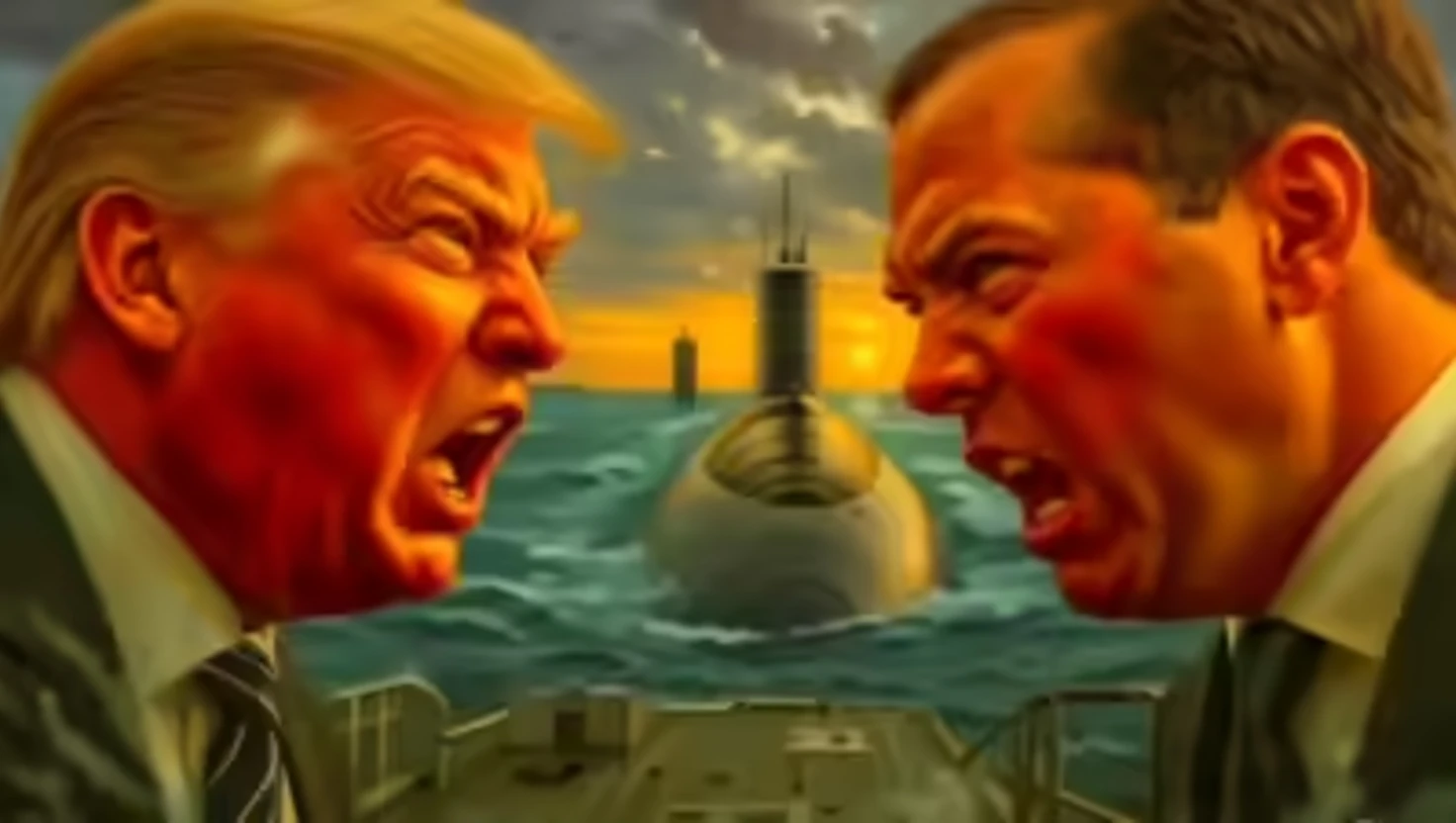
US Deploys Nuclear Submarines After Trump Warns Russia’s Medvedev
The US has deployed two nuclear submarines following remarks by Russia’s Dmitry Medvedev, which President Trump called “highly provocative.”
Tensions between the United States and Russia have escalated following a public exchange between former Russian President Dmitry Medvedev and US President Donald Trump, prompting Washington to take the unusual step of deploying two nuclear submarines to undisclosed locations.
The move was announced on Friday via Trump’s social media platform, Truth Social, in which he criticised Medvedev, who now serves as deputy chairman of Russia’s Security Council, for making remarks he deemed inflammatory.
“Based on the highly provocative statements of the former president of Russia, Dmitry Medvedev... I have ordered two nuclear submarines to be positioned in the appropriate regions,” President Trump wrote.
He added: “Words are very important, and can often lead to unintended consequences. I hope this will not be one of those instances.”
Trump did not clarify whether the submarines are nuclear-powered or nuclear-armed, nor did he specify their current locations.
Sharp Words Between Leaders
The exchange began when Trump, speaking earlier in the week, referred to Medvedev as a “failed former president” and warned that the Russian official was “entering very dangerous territory” with recent public statements.
Medvedev responded via Telegram, mocking Trump’s reaction. “If a few words from the former president of Russia can provoke such a jittery reaction from the mighty president of the United States, then Russia must be completely in the right,” he said.
He continued: “We’ll keep moving forward on our own path.”
In a pointed remark that referenced Cold War-era deterrence systems, Medvedev suggested that Trump “re-watch his favourite zombie movies and remember just how dangerous the so-called ‘Dead Hand,’ which doesn’t even exist, can be.” The “Dead Hand” was an alleged Soviet-era nuclear control system designed to ensure retaliation even if command leadership was incapacitated.
Background to the Dispute
The latest remarks come amid a series of critical statements by both sides over trade and security issues, including Trump’s broader campaign of economic pressure on both Russia and India.
Earlier in the week, Trump announced new trade tariffs targeting India, citing the country’s defence purchases from Russia and what he described as high non-monetary trade barriers. Trump also reaffirmed a near-complete halt in US-Russia trade relations, saying, “Russia and the USA do almost no business together. Let’s keep it that way.”
In a post on X, formerly Twitter, Medvedev had condemned Washington’s proposed sanctions, accusing Trump of playing what he called “the ultimatum game.” He warned that “each new ultimatum is a threat and a step towards war—not between Russia and Ukraine, but with his own country.”
The rhetoric has drawn comparisons with previous Cold War flashpoints, though no concrete military movement beyond the submarine deployments has been publicly confirmed by the Pentagon or NATO allies.
Strategic Significance
While the US has not disclosed the nature of the submarines involved, the deployment of nuclear-capable assets is generally seen as a significant show of force and is rarely used for mere signalling.
Naval experts have pointed out that submarines can be repositioned covertly, offering strategic flexibility without the visibility of other forms of military escalation.
There has been no official response from the Russian Ministry of Defence regarding the submarine deployment.
Context:
Dmitry Medvedev, who served as President of Russia from 2008 to 2012, is considered a close ally of current Russian President Vladimir Putin. As deputy chairman of the Security Council, he has become increasingly vocal on foreign policy matters, often taking a more confrontational tone than official Kremlin statements.
This latest episode underscores the continued volatility in US-Russia relations, particularly as geopolitical tensions over Ukraine, energy security, and international trade persist.
The use of nuclear submarines as a visible deterrent—particularly during a period of diplomatic friction—echoes tactics from the Cold War era. However, both countries remain signatories to major nuclear arms control agreements, despite recent concerns over their longevity and enforcement.
Trump’s decision also comes as the United States approaches a presidential election cycle, in which foreign policy posturing may play a heightened role in domestic political messaging.
Observers say it remains to be seen whether this deployment signals a deeper shift in US-Russia relations or serves primarily as a warning aimed at de-escalation.
The move was announced on Friday via Trump’s social media platform, Truth Social, in which he criticised Medvedev, who now serves as deputy chairman of Russia’s Security Council, for making remarks he deemed inflammatory.
“Based on the highly provocative statements of the former president of Russia, Dmitry Medvedev... I have ordered two nuclear submarines to be positioned in the appropriate regions,” President Trump wrote.
He added: “Words are very important, and can often lead to unintended consequences. I hope this will not be one of those instances.”
Trump did not clarify whether the submarines are nuclear-powered or nuclear-armed, nor did he specify their current locations.
Sharp Words Between Leaders
The exchange began when Trump, speaking earlier in the week, referred to Medvedev as a “failed former president” and warned that the Russian official was “entering very dangerous territory” with recent public statements.
Medvedev responded via Telegram, mocking Trump’s reaction. “If a few words from the former president of Russia can provoke such a jittery reaction from the mighty president of the United States, then Russia must be completely in the right,” he said.
He continued: “We’ll keep moving forward on our own path.”
In a pointed remark that referenced Cold War-era deterrence systems, Medvedev suggested that Trump “re-watch his favourite zombie movies and remember just how dangerous the so-called ‘Dead Hand,’ which doesn’t even exist, can be.” The “Dead Hand” was an alleged Soviet-era nuclear control system designed to ensure retaliation even if command leadership was incapacitated.
Background to the Dispute
The latest remarks come amid a series of critical statements by both sides over trade and security issues, including Trump’s broader campaign of economic pressure on both Russia and India.
Earlier in the week, Trump announced new trade tariffs targeting India, citing the country’s defence purchases from Russia and what he described as high non-monetary trade barriers. Trump also reaffirmed a near-complete halt in US-Russia trade relations, saying, “Russia and the USA do almost no business together. Let’s keep it that way.”
In a post on X, formerly Twitter, Medvedev had condemned Washington’s proposed sanctions, accusing Trump of playing what he called “the ultimatum game.” He warned that “each new ultimatum is a threat and a step towards war—not between Russia and Ukraine, but with his own country.”
The rhetoric has drawn comparisons with previous Cold War flashpoints, though no concrete military movement beyond the submarine deployments has been publicly confirmed by the Pentagon or NATO allies.
Strategic Significance
While the US has not disclosed the nature of the submarines involved, the deployment of nuclear-capable assets is generally seen as a significant show of force and is rarely used for mere signalling.
Naval experts have pointed out that submarines can be repositioned covertly, offering strategic flexibility without the visibility of other forms of military escalation.
There has been no official response from the Russian Ministry of Defence regarding the submarine deployment.
Context:
Dmitry Medvedev, who served as President of Russia from 2008 to 2012, is considered a close ally of current Russian President Vladimir Putin. As deputy chairman of the Security Council, he has become increasingly vocal on foreign policy matters, often taking a more confrontational tone than official Kremlin statements.
This latest episode underscores the continued volatility in US-Russia relations, particularly as geopolitical tensions over Ukraine, energy security, and international trade persist.
The use of nuclear submarines as a visible deterrent—particularly during a period of diplomatic friction—echoes tactics from the Cold War era. However, both countries remain signatories to major nuclear arms control agreements, despite recent concerns over their longevity and enforcement.
Trump’s decision also comes as the United States approaches a presidential election cycle, in which foreign policy posturing may play a heightened role in domestic political messaging.
Observers say it remains to be seen whether this deployment signals a deeper shift in US-Russia relations or serves primarily as a warning aimed at de-escalation.
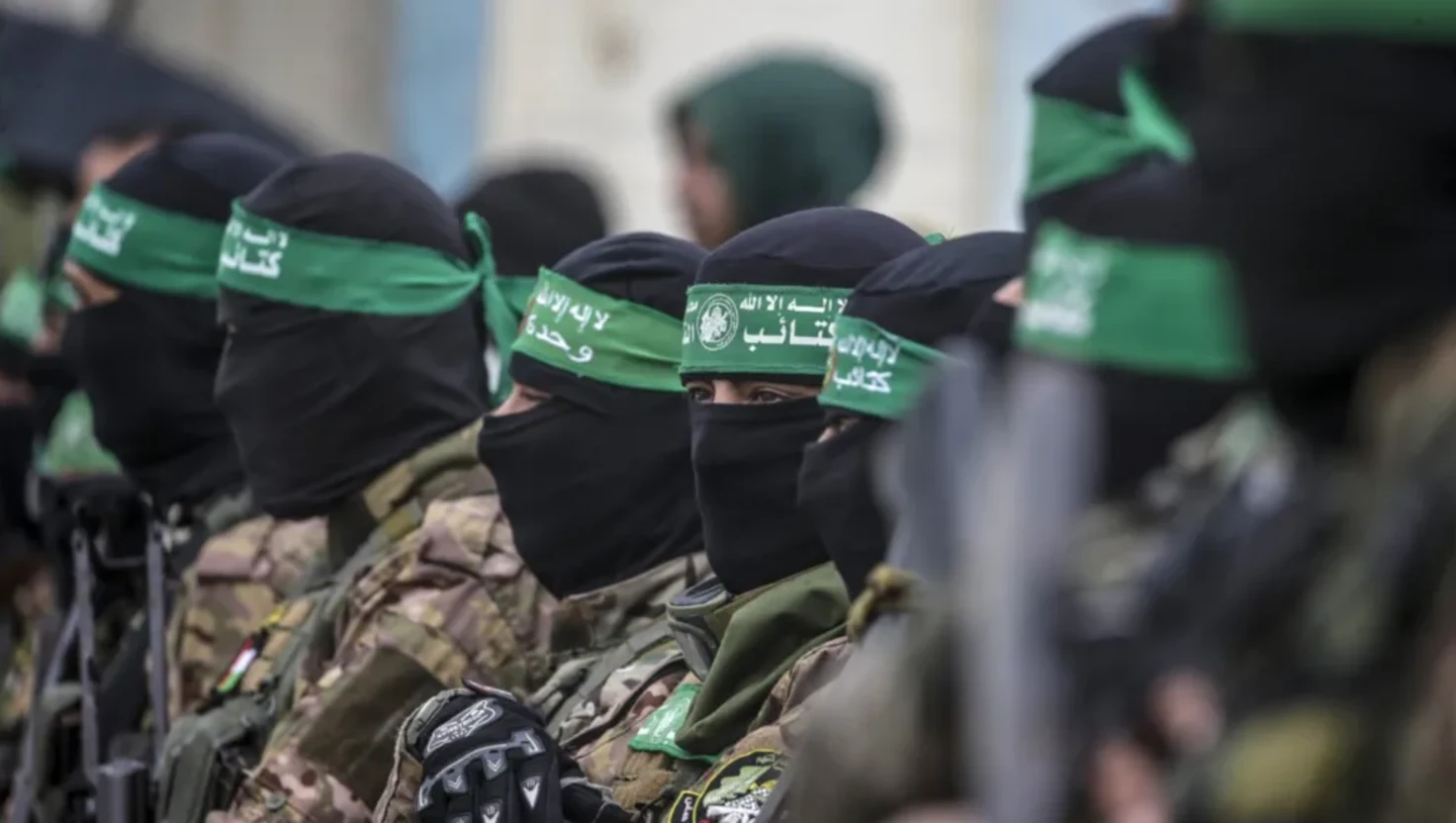
Hamas vows not to lay down arms until Palestinian state established
Hamas refuses to disarm without a Palestinian state, complicating ceasefire talks with Israel as humanitarian conditions in Gaza worsen.
| 2025-08-03
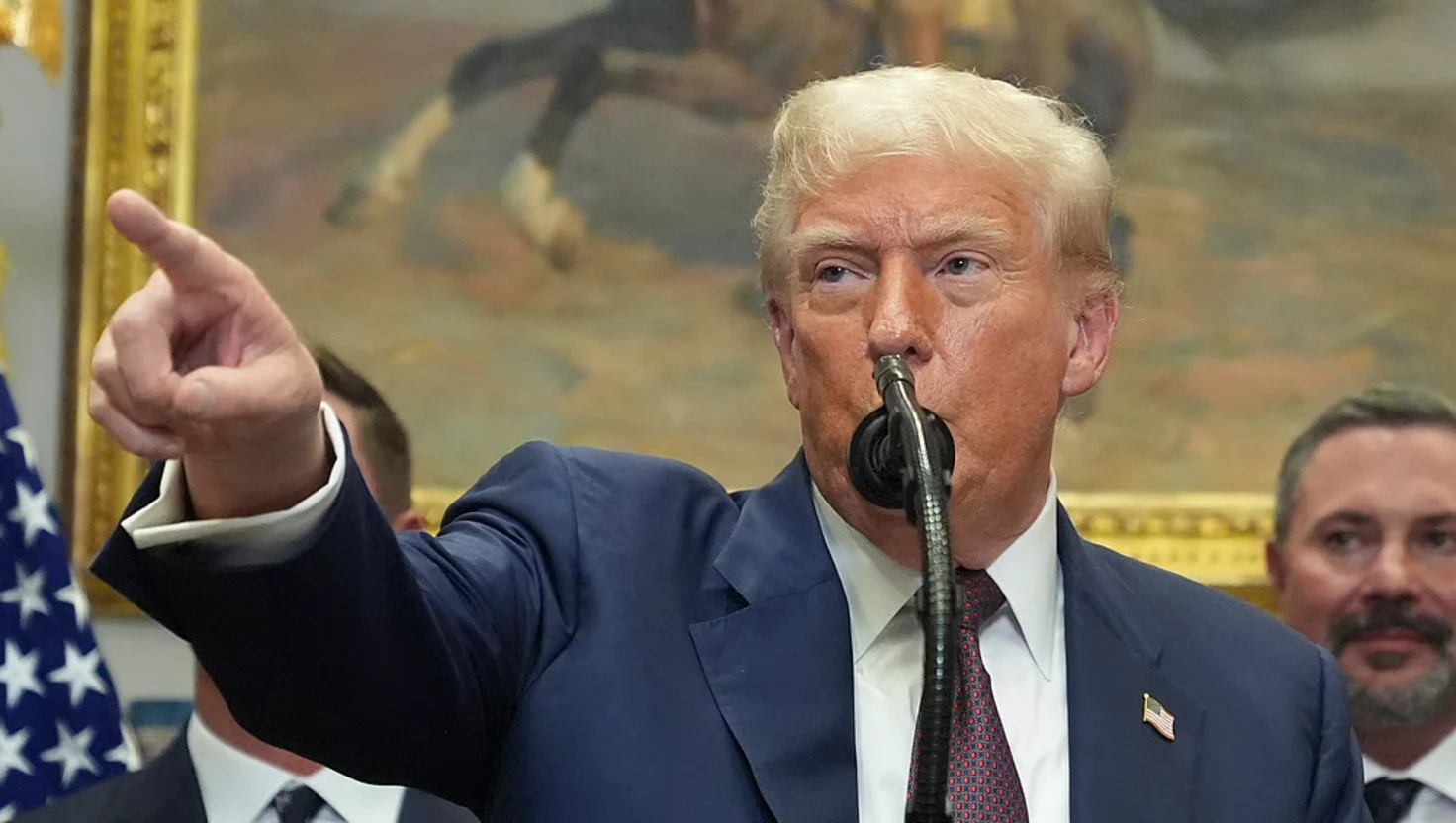
US Imposes 25% Tariff on India as Trump Reshapes Global Trade Duties
The United States has announced a 25% tariff on Indian exports starting 7 August, as President Trump unveils sweeping trade duty revisions for nearly 70 countries.
| 2025-08-02
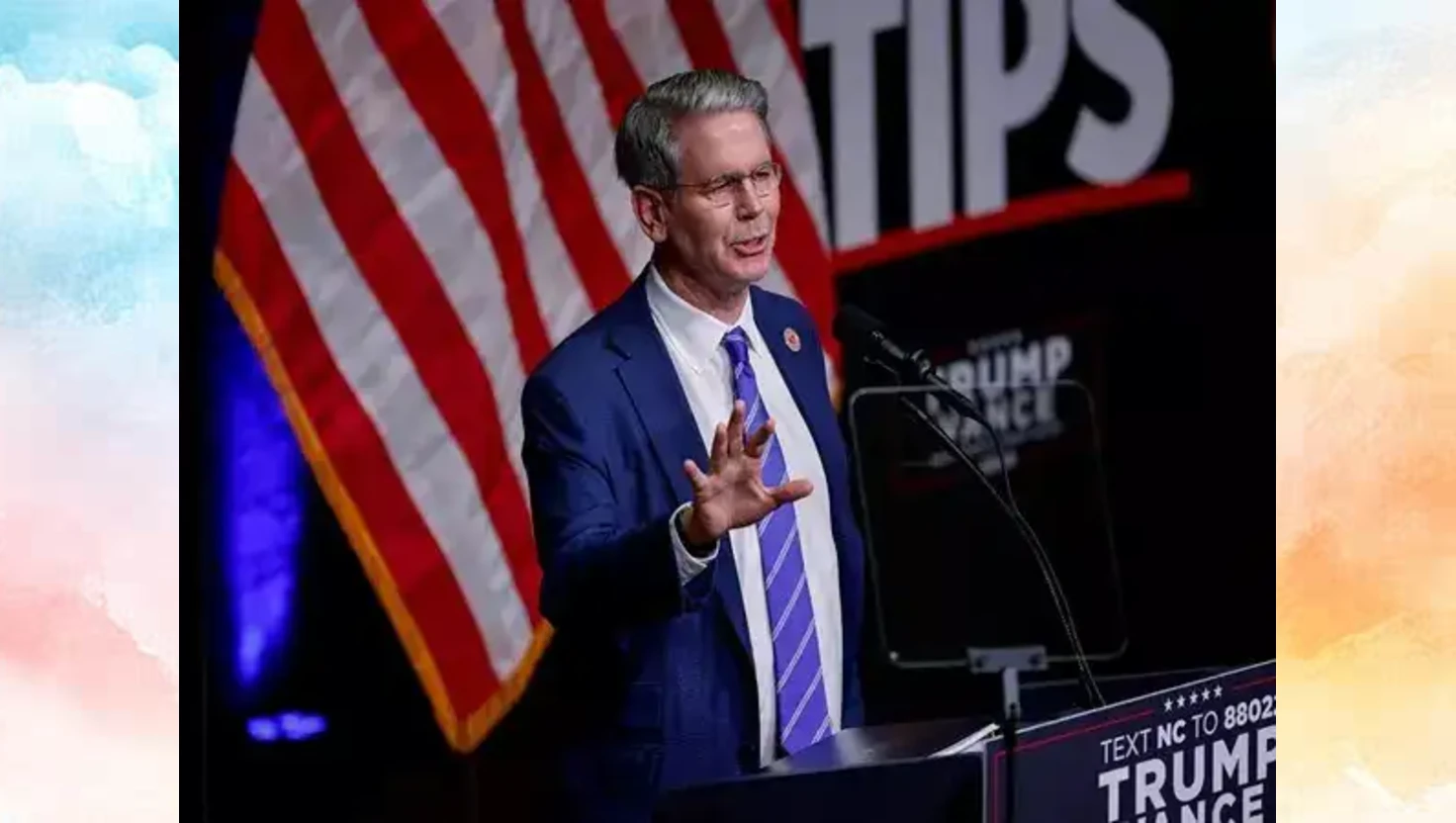
India has not been great global actor, says US Treasury Secretary
The United States will impose a 25% tariff on Indian imports from 1 August amid stalled trade talks and concerns over India’s ties with Russia.
| 2025-08-01

India 'studying' US President Trump's 25% tariff threat
India's government vows to protect national interests following US President Trump's announcement of new tariffs on Indian goods.
| 2025-07-31
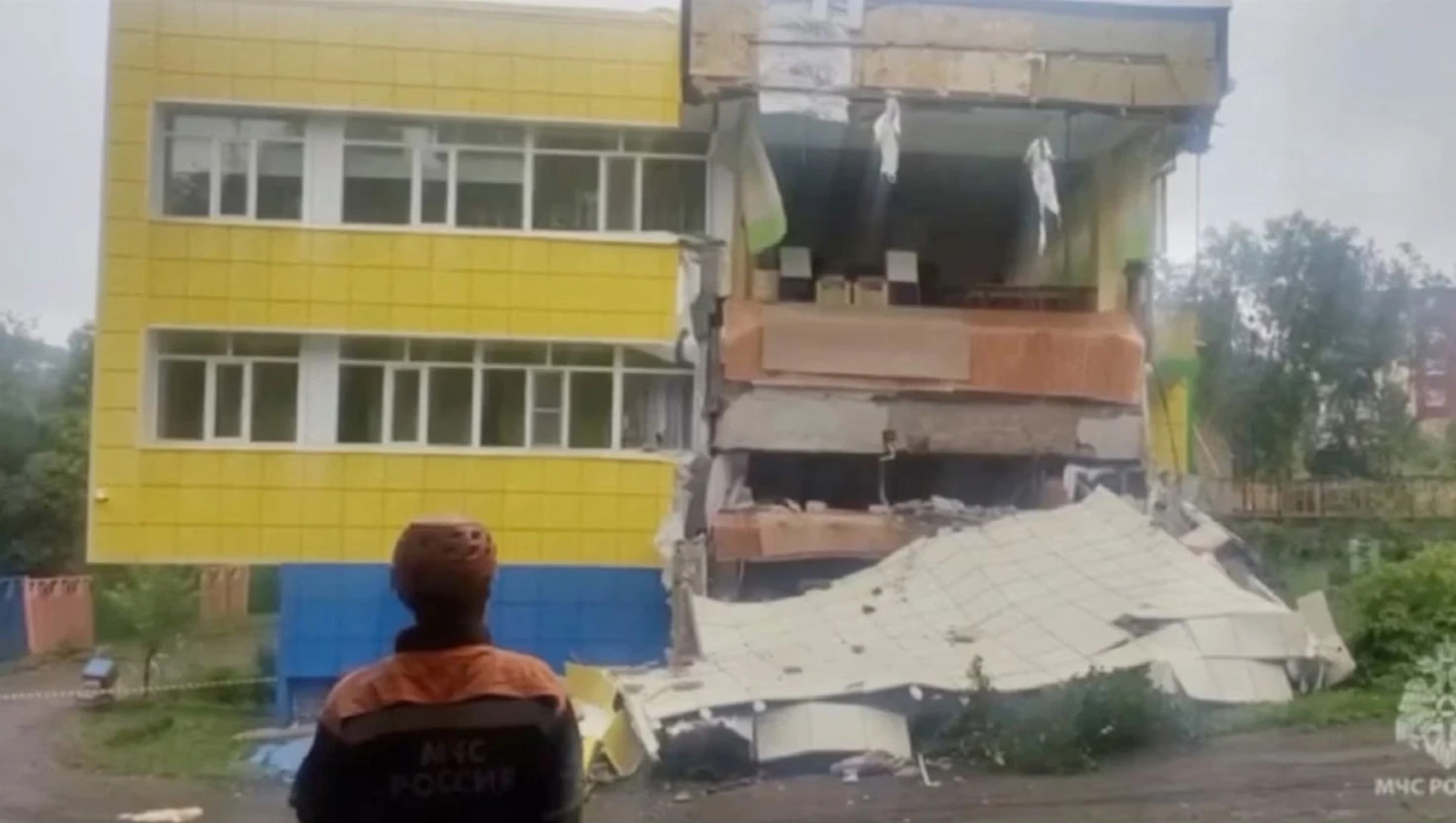
Chile Upgrades Tsunami Warning To The Highest Level After Russian Earthquake
An 8.8 magnitude earthquake off Russia's coast prompts tsunami warnings in South America, Hawaii, and Japan, leading to widespread evacuations.
| 2025-07-31




